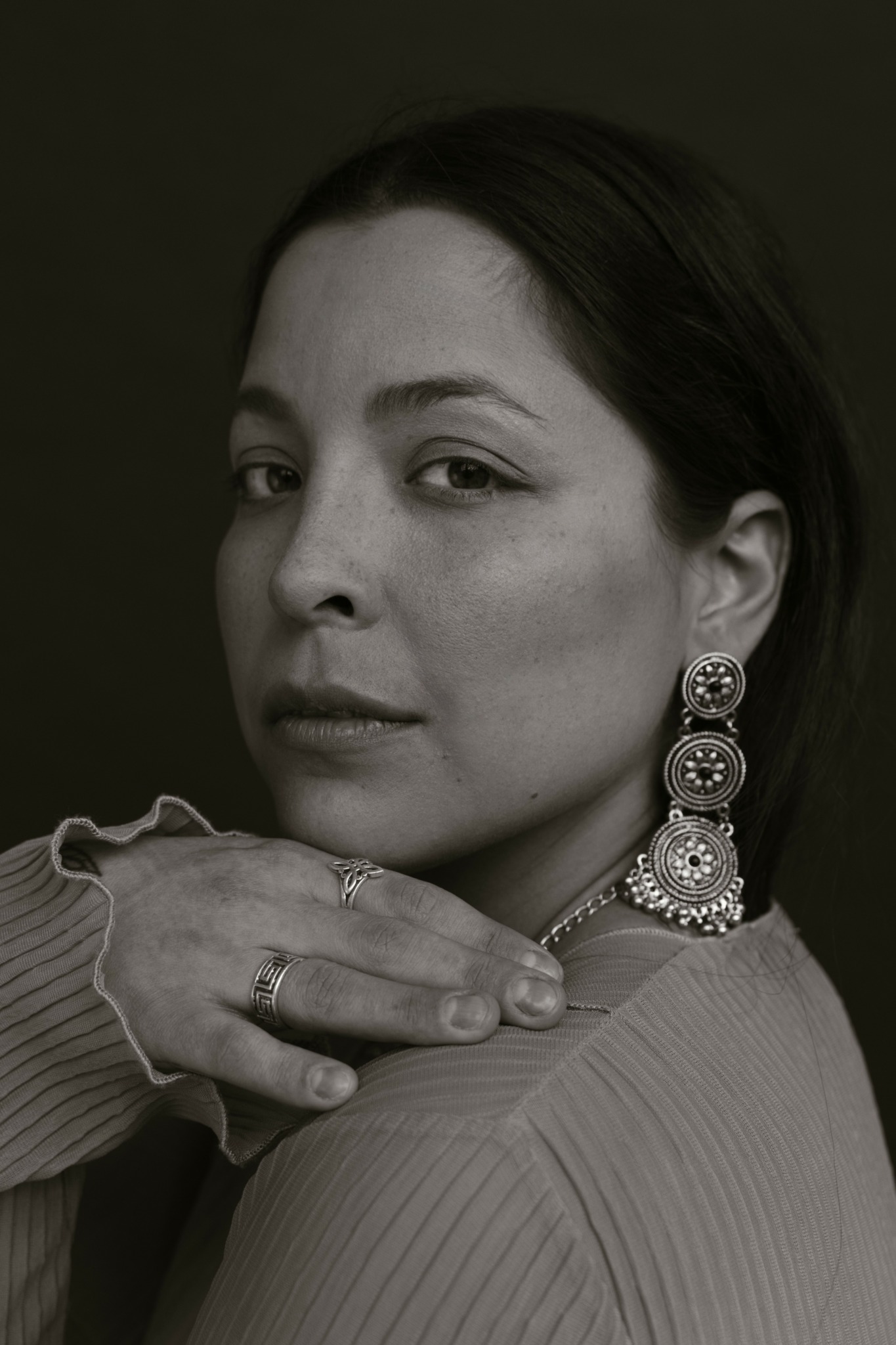Alright – so today we’ve got the honor of introducing you to INSÉKTA. We think you’ll enjoy our conversation, we’ve shared it below.
INSÉKTA, thanks for joining us, excited to have you contributing your stories and insights. What were some of the most unexpected problems you’ve faced in your career and how did you resolve those issues?
Having torn my ACL while rehearsing for a show on February 8th, 2025, left me no option but to sit with myself and radically accept my new reality—one that demanded patience, care, and real rebuilding. Not just of my right leg, but of my emotional and psychological landscape.
I’m grateful my husband/partner truly rode the wave with me—because fuck, what a ride—and so did many loved ones, both blood and chosen family, who uplifted my spirit when I saw no light.
Now, after the unimaginable pain and confusion, I’m in awe. This accident has become one of the greatest paradigm shifts in my life. It taught me to get over myself and just do it.
Being unable to walk for three weeks while simultaneously starting a choreographic process with three insanely talented Columbia College Chicago students cracked open my perception of what it means to direct, experiment, play, and build. The studio became a lab. We kept solving choreographic frictions, unmasking core feelings, and entering a raw emotional world where rage and aggression were distilled. The chaos gave birth to a new framework—how I direct, how I experiment, how I play, how I build.
Not being able to use my body as a movement tool became a blessing in disguise. It cracked my chest open. It unveiled the depth and purpose behind my impulse to create—right now, at this time in my life.
And of course, none of this would’ve been possible without CJ, Lola, and Sophie, who said yes to the challenge; without Berto, who drove me to rehearsals; without Rachel Damon, who helped me translate my sensorial mind into clear language.
I’m still “solving” this “problem” of being in ACL rehab and adjusting to my limitations—which, hell, is a whole other conversation. But I’m learning it’s not always about solving. It’s about prototyping a new way to exist, to feel, and to become who you actually want to be.
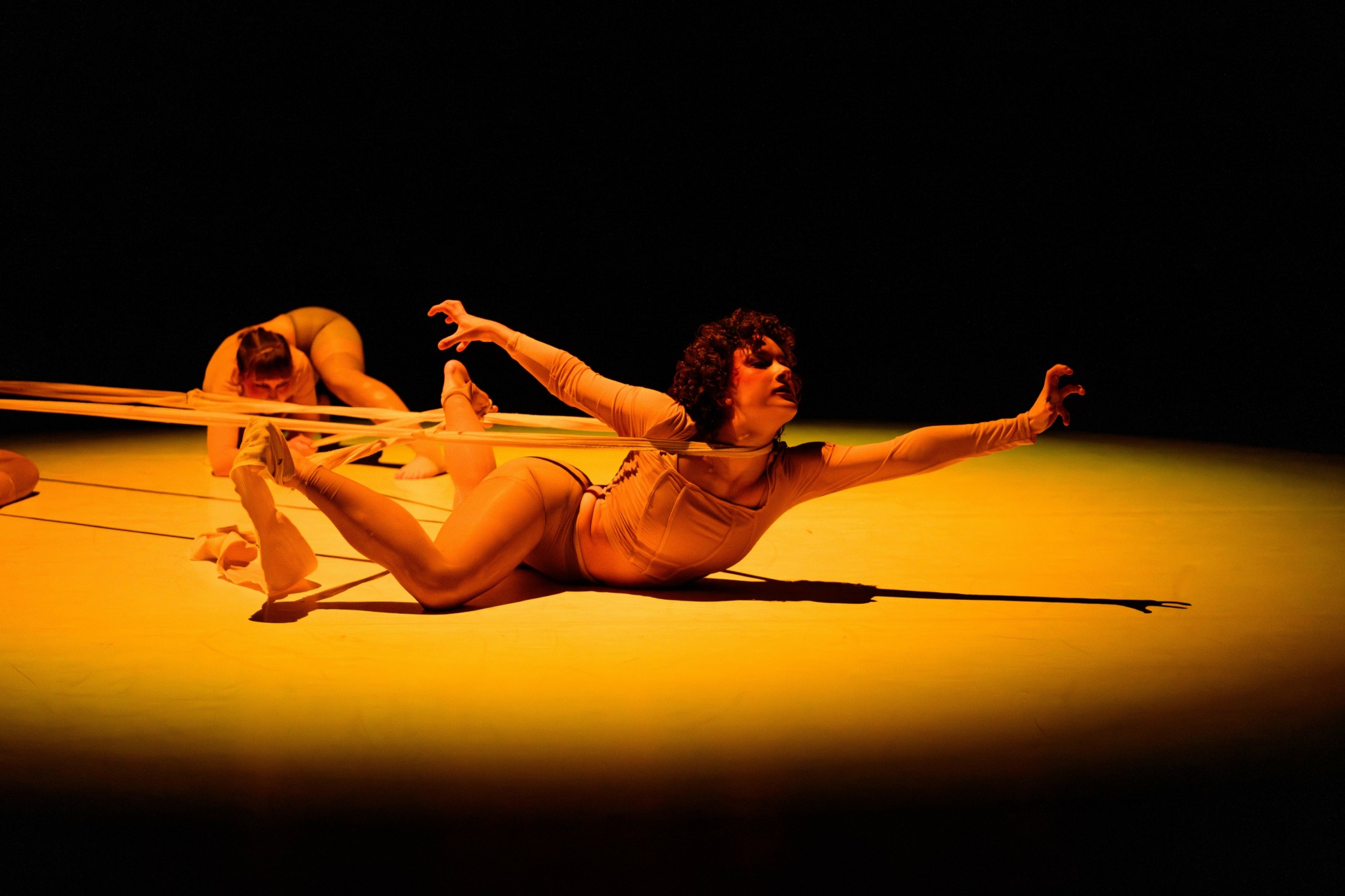
INSÉKTA, before we move on to more of these sorts of questions, can you take some time to bring our readers up to speed on you and what you do?
I’m not gonna dive into the origins of my artistic life—because we need air to live, right? But having lived in Caracas, Venezuela; Lima, Peru; and now Chicago, USA, I often question: is the maladaptiveness of the live performing arts field caused by our resistance to reimagining what live arts could be? Or is it an unconscious belief system we all carry?
I say ‘maladaptiveness’ because we have to name the elephant in the room: unsustainable art practices that lead to scarcity, burnout, and the premature death of INCREDIBLE projects.
I love the arts, but I’m not just a critic—I’m a questioner of “how things should be done.” I’m deeply interested in adaptability beyond survival. In how that can challenge and transform not just the arts, but any field.
Now in my thirties, I’m personally researching what different mental and business models can do for the cultural asset that is the arts. Again, it’s oxygen. So I’m starting from what’s true for me: exploring and exposing the fluidity of our fragmented selves and hybrid identities—and how that opens up freedom to move within, to explore yourself and the world in its infinite dimensions.
As a foreigner—here, there, everywhere—I’ve learned that culture is an experience you can choose to access or not. While I know this is a framework I’ve developed, I’ve found truth in the idea that everything can mutate. Exciting, right?
So, in the 30th year of me living on Earth, I’m mutating into an artist who wants to transgress assumptions around Latinx individuals and create staged works and experiences that teach not through logic, but through feeling. I’m trying to develop escapist art you can feel—so our rigid mentalities can finally evolve.
But hey, prove me wrong by checking out my digital self: @houseofinsekta or www.insekta.art
And while this answer may feel associative, that’s the nature of making—at least for me. I’ve come to believe that conceptualizing our being in the 21st century has expanded far beyond the physical body. We now develop digital avatars to continue expressing ourselves. So my question is always: who are we transforming into? That’s what drives my art practice.
A practice that is interdisciplinary, collaborative, and familial—like a Latin household, where every generation holds a beacon of light, and together we ask: who are we being now? Easy, right?
Take MATADORA, for example—a mythological dance-theater piece that started with the question: how do I physicalize rage? and has evolved into a statement: I want to create a mythology that uses intergenerational, suppressed rage to shape a new image of fierce femme bodies in the present.
This work challenges the norms I grew up with in Latin America, where intense emotions—especially rage—were seen as negative, especially if you were a woman. It’s this reimagining and remodeling of the self that excites me and guides my current work.
Because hell, maybe I’ll meet a talking fish tomorrow and my world will change. Who knows?
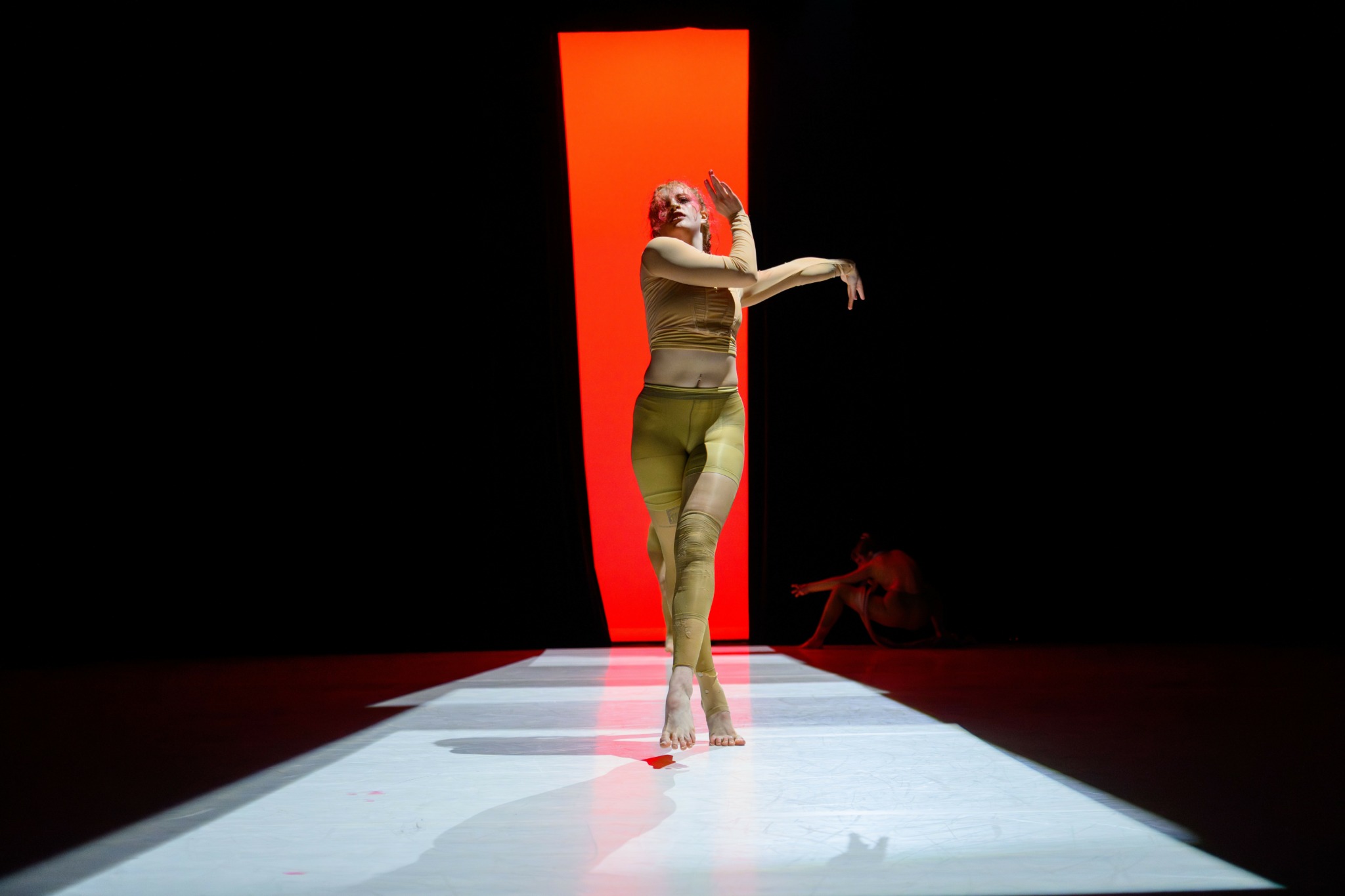
What’s a lesson you had to unlearn and what’s the backstory?
I went from “money is bad” to “money is an enabler”—of experiences, connections, critical thinking. It can reveal a person’s commitments and value systems.
In my late 20s, I started reading more about what money is and what it means—and I arrived at the conclusion that money is a concept. You cannot find it in nature. It is a strategy for exchange.
That realization helped me start de-dogmatizing the relationship between money and art. I wanted to stop demonizing money and begin to see it simply as a source of access. I am not saying people do not weaponize it—of course they do—but in the specificity of my field and what I want to create, I had to face it differently.
I had to run the task of understanding money as a value exchange. It pushed me to ask very basic, very real questions:
Okay—so I am asking someone to shower, get dressed, take the train or drive, and come see a show or attend a gallery.
What are the stakes?
How much can I push myself to generate something that feels worth someone’s time?
This will shake you to your core and question—if you are up for the challenge—the why behind your work, and it will humble you. Or at least, that is how it made me feel.
Ojo: that has become a great measuring tool.
It has helped me be honest about the stakes of what I am doing, design the type of event accordingly, invite people intentionally, structure the experience differently—you know the drill.
In a way, it liberated me. Not fully—I am still navigating the intricacies of it. But I am learning to let go of the belief that money and art must live in conflict.
And I am still holding hope—hardly—that we can shift the value perception of the arts in society. That artists—like anyone else who works and specializes in their craft—deserve a dignified, decent life.

What’s the most rewarding aspect of being a creative in your experience?
That it *truly* makes me feel alive and that this existence is worth a try.
Contact Info:
- Website: https://www.insekta.art
- Instagram: https://www.instagram.com/houseofinsekta/
- Linkedin: https://www.linkedin.com/in/camilariveropooley/
- Youtube: https://www.youtube.com/@houseofinsekta
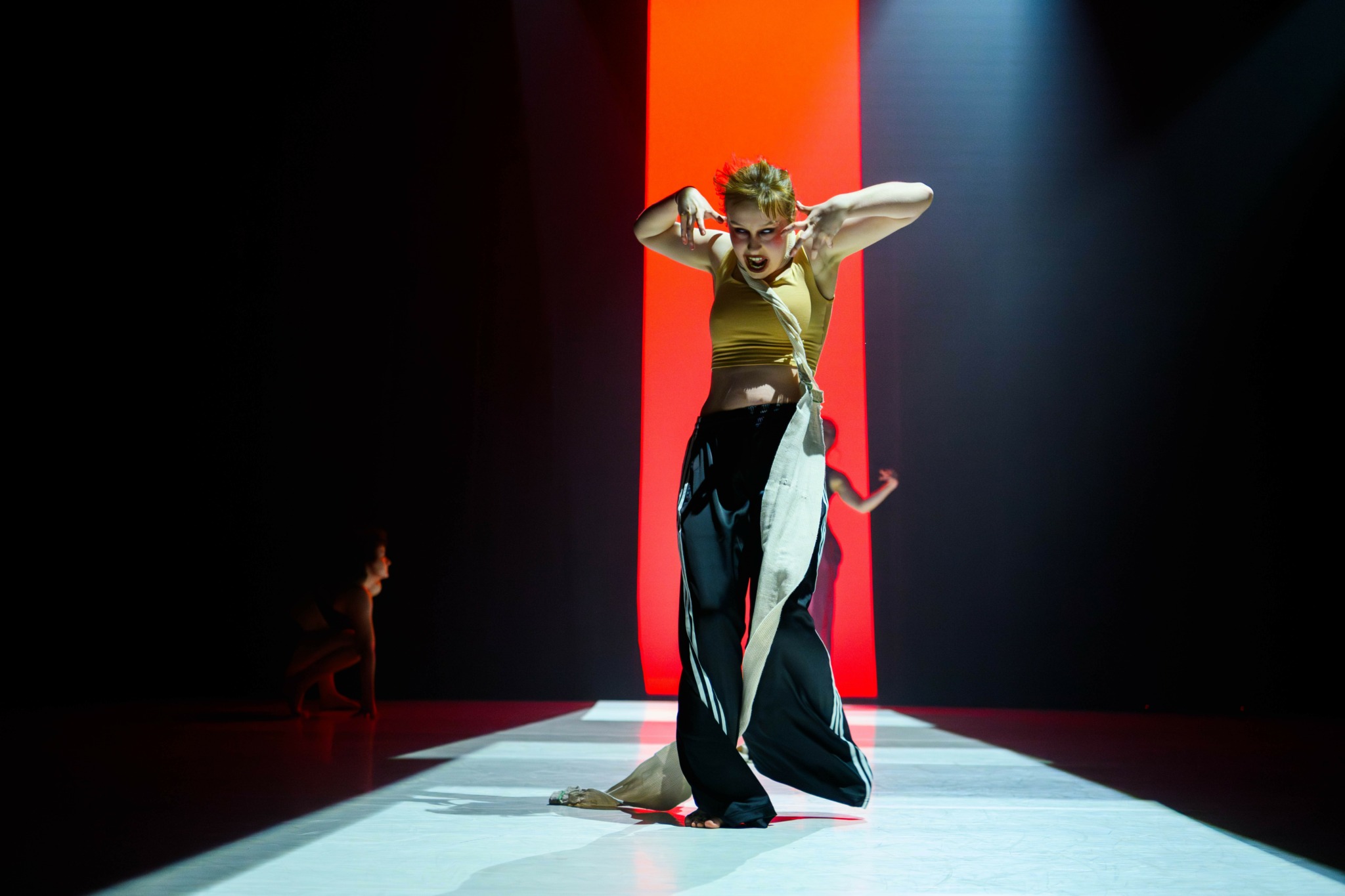
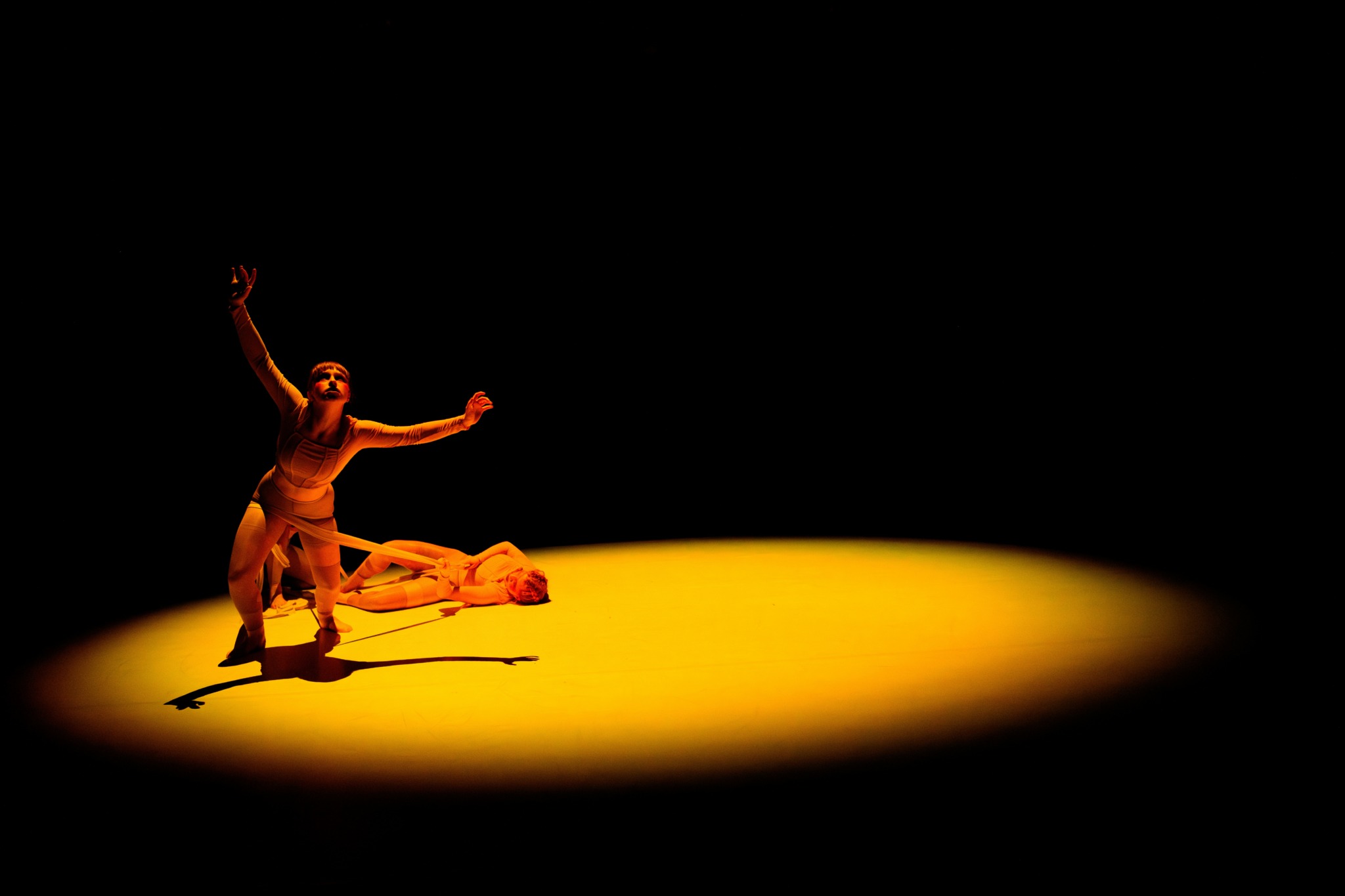
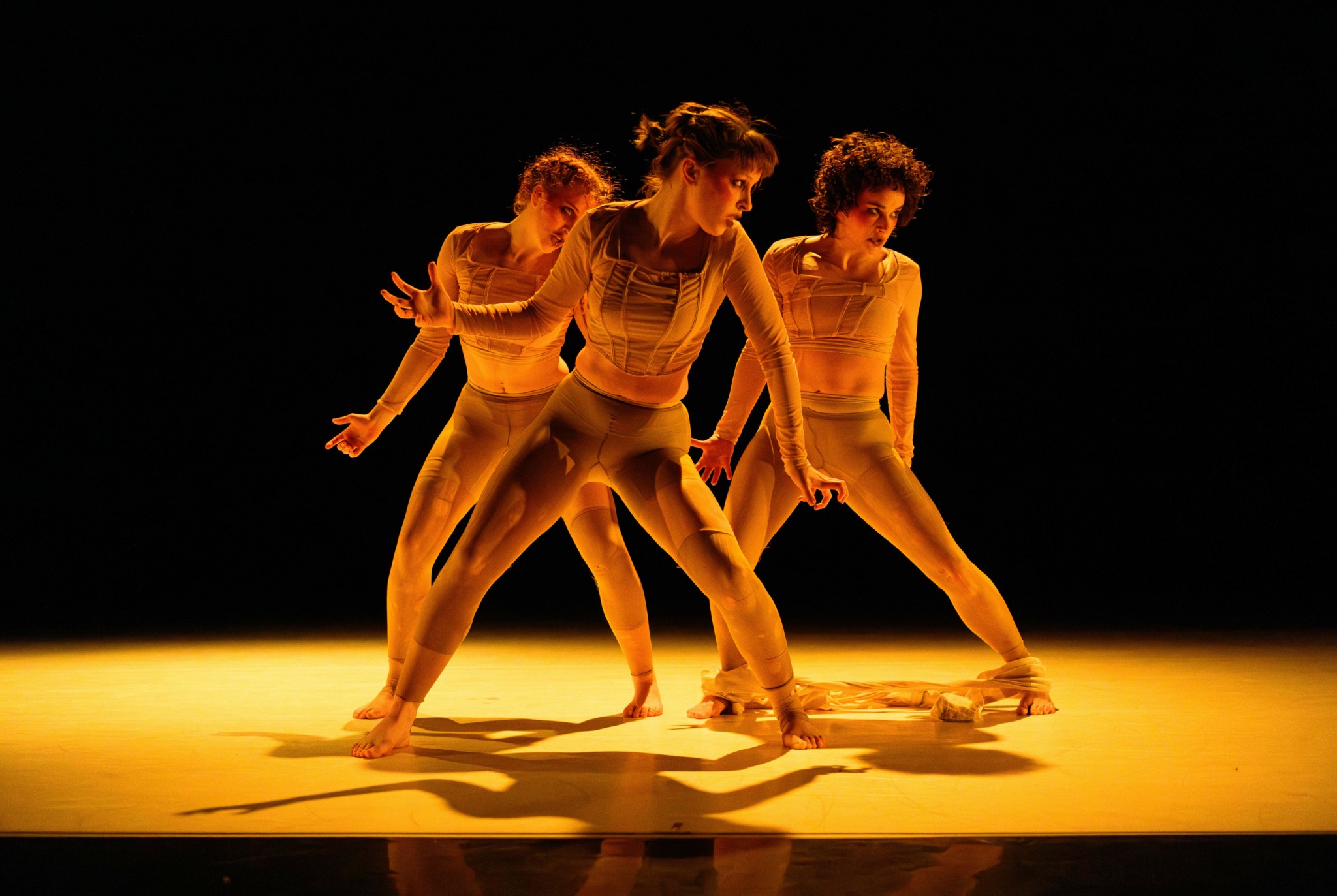

Image Credits
The first image (the portrait of myself) was by Gabriela Chavez. The other photographs by Julie Lucas of MATADORA V1.


